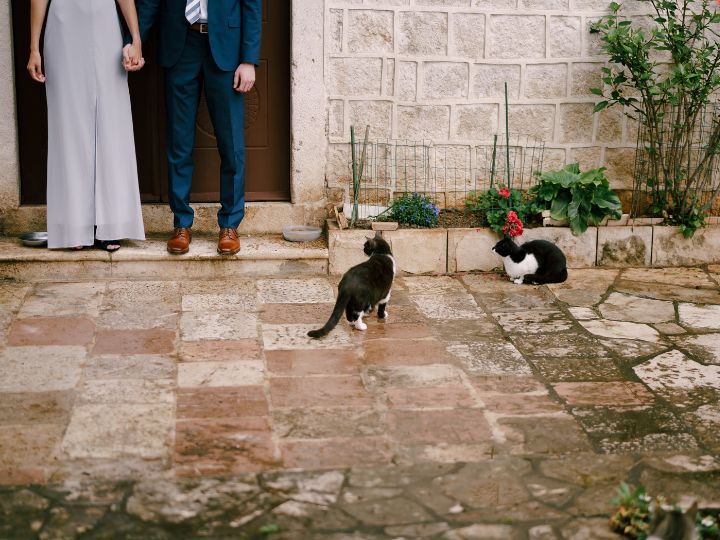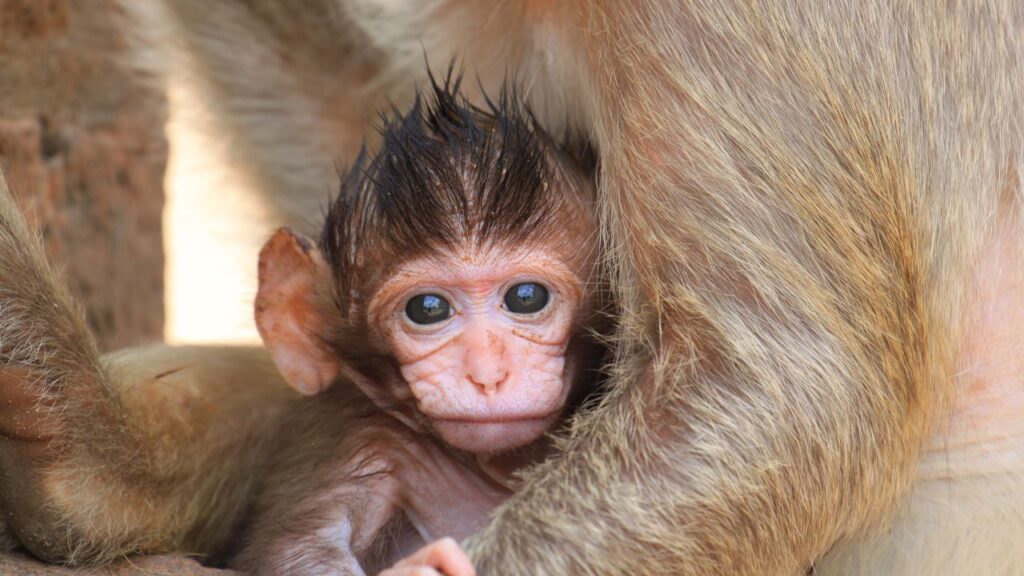Pets can bring joy and companionship to our lives, but some people may have concerns about animals that bite. Biting can be a natural defensive mechanism in some animals; however, there are several pets that are known for their gentle and non-aggressive nature. Choosing a pet that doesn’t bite can be especially important for families with young kids or those who are nervous around animals.
In this article, we’ll explore various types of pets that are known for their friendly behavior and low likelihood of biting. From small mammals like hamsters and guinea pigs to reptiles such as certain snake breeds, there is a surprising variety of animals that make excellent, low-risk companions.
Whether you’re a first-time pet owner or looking for a gentle companion to add to your existing menagerie, understanding the characteristics of different pets can help you make an informed decision. By selecting a pet that doesn’t bite, you can enjoy a safer and more harmonious relationship with your new furry or scaly friend.
Of course, no one can guarantee that a particular animal will never bite. Even the tamest of animals have been known to nip. It needs to be bought up in a safe, secure, and loving home. Children must be taught to able them safely so the pet doesn’t feel treated by them at all.
Small Low-Bite Pets
Guinea Pigs
Guinea pigs are a popular choice for people looking for a small pet that doesn’t bite. They are gentle and social creatures with a relatively low tendency to bite. They are generally docile, easy to handle, and have a friendly disposition. Guinea pigs are also low maintenance and require a simple diet of hay, fresh vegetables, and pellets.
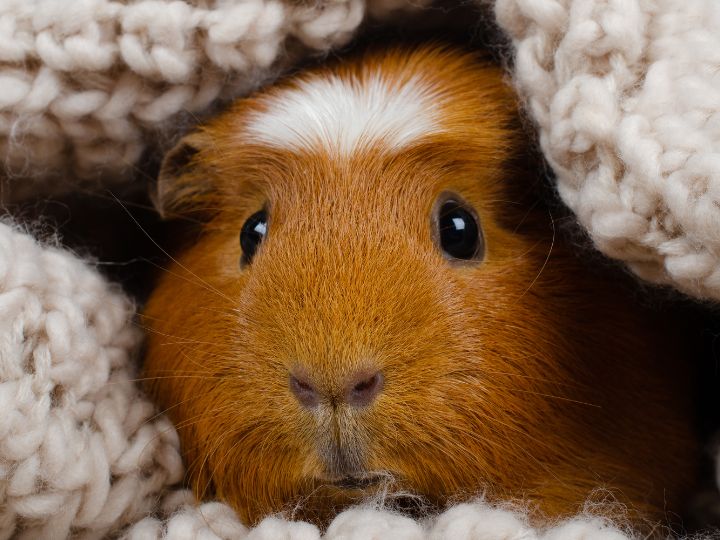
Image Credit: Canva
While they may occasionally nip if frightened or mishandled, the likelihood of injury is low. Proper socialization and handling can further minimize the chance of an undesired behavior.
Bearded Dragons
Another excellent low-bite pet option is a bearded dragon. These reptiles are calm, docile, and relatively easy to care for. They prefer a warm and arid habitat with options for basking. Bearded dragons can be fed a diet of insects, vegetables, and fruit, although it’s essential to research specific nutritional needs to promote a healthy diet.
Like guinea pigs, bearded dragons may nip if they feel threatened, but their natural temperament makes biting rare. Ensuring a stress-free environment and consistent handling will further reduce any risk of biting.
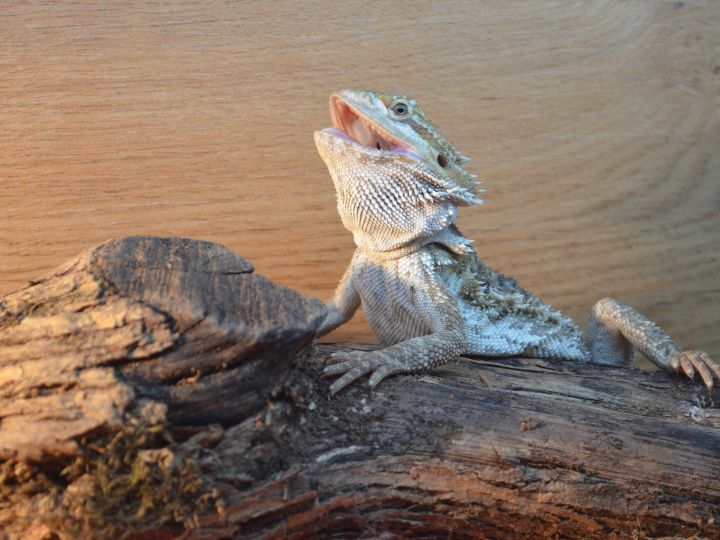
Image Credit: Canva
Rabbits
Rabbits can be a good low-bite pet option for those willing to put in the time and effort to build a trusting relationship with their bunny. While rabbits are generally not aggressive, they may bite if frightened, mishandled, or if they feel cornered. Consistent, calm, and gentle handling will build trust and reduce the chances of getting bitten.
A proper habitat, plenty of room to explore, and a combination of hay, pellets, and fresh vegetables will keep rabbits happy and healthy. Socializing your rabbit with other bunnies can also be beneficial, as they are social animals by nature.
Pet Fish and Sea Creatures
In this section, we will be discussing popular pet fish and sea creatures that are known for not biting or being aggressive.
Bettas
Bettas, or Siamese fighting fish, are a popular choice for those looking for a visually stunning, low-maintenance pet that doesn’t bite. These vibrant fish are known for their flowing fins and wide array of colors. Though they can display aggressive behaviors towards other male bettas, they are generally peaceful towards their human caretakers and other fish species. Bettas should be housed in tanks with a minimum of 5 gallons of water and an appropriate temperature range of 76-81°F.
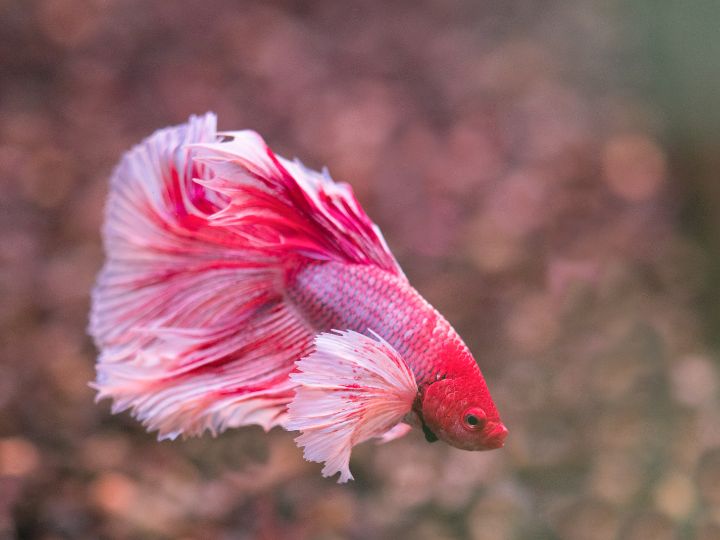
Image Credit: Canva
Goldfish
Goldfish are another excellent pet choice for families or individuals seeking a non-aggressive, low-maintenance aquatic pet. These classic fish are known for their hardiness, longevity, and ability to be taught tricks. The standard goldfish can live for more than 20 years if given proper care and an appropriate habitat. To keep a goldfish happy and healthy, it should be housed in a tank with a minimum capacity of 20 gallons and a temperature range between 65-75°F.
Hermit Crabs
For those interested in a non-aggressive sea creature rather than a fish, hermit crabs are a fantastic option. These friendly, curious animals have a unique appearance and are known for changing shells as they grow. Hermit crabs require a humidity-controlled environment, which can be achieved by using a sealed enclosure with a heat source and providing consistent access to freshwater and saltwater sources. A substrate such as sand or coconut fiber should also be provided for optimal molting and shell selection. Keep in mind hermit crabs do best in environments with a temperature range of 75-82°F.
Feathered Friends
Choosing a pet that doesn’t bite can be important, especially for families with children. Birds are a popular choice for their friendly nature and captivating appearances. In this section, we’ll discuss two popular bird species that make wonderful, non-aggressive pets: Parakeets and Cockatiels.
Parakeets
Parakeets, also known as budgies, are small, colorful birds with a lot of personality. They are known for their friendly and social nature, making them great pets for people of all ages. Parakeets are easy to care for and generally do not bite. They are highly intelligent and can even learn to mimic human speech.
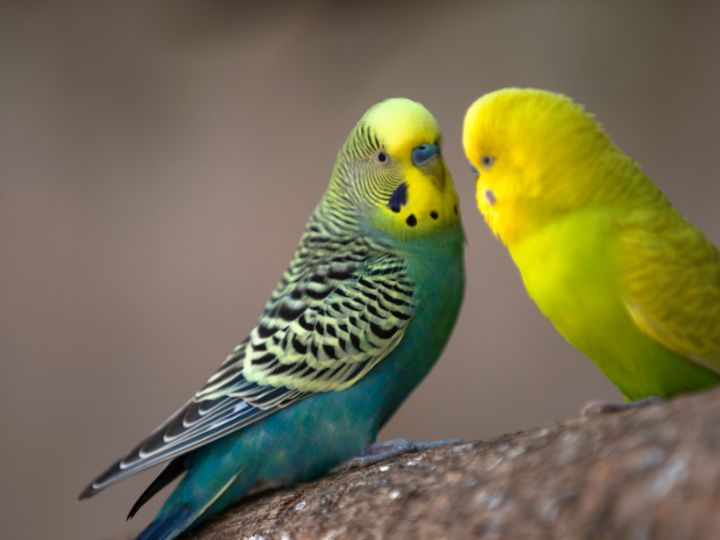
Image Credit: Canva
Here are some key points about parakeets:
- Size: 7-9 inches long
- Life span: 10-15 years
- Colors: Green, blue, yellow, white, and various combinations
- Diet: Seed mix, fruits, vegetables, and cuttlebone for calcium
It’s essential to provide parakeets with a spacious cage, toys, and perches of different sizes. Regular social interaction is crucial for their mental health, and a companion parakeet is always a good idea.
Cockatiels
Cockatiels, native to Australia, are another excellent choice for pet birds. They are known for their sweet and affectionate nature, making them a favorite among bird enthusiasts. Like parakeets, cockatiels are less likely to bite and enjoy human interaction.
Here’s an overview of some cockatiel characteristics:
- Size: 12-13 inches long
- Life span: 15-25 years
- Colors: Gray, yellow, white, and various color mutations
- Diet: Pelleted feed, seeds, fresh fruits, and vegetables
Cockatiels require a spacious cage, different-sized perches, and various toys to keep them engaged. Daily interaction is necessary to maintain a strong bond with your cockatiel. Consistent, gentle handling helps establish trust, reducing the likelihood of biting behavior even further.
In summary, both parakeets and cockatiels make excellent, non-aggressive pets. By providing these birds with proper care, a suitable living environment, and ample social interaction, you’ll enjoy a long-lasting and fulfilling friendship with your feathered friend.
Caring for Low-Bite Pets
Caring for pets that don’t bite, such as fish, guinea pigs, and turtles can provide you with the companionship and entertainment that pets offer while reducing the risk of injury. To ensure your low-bite pets are happy and healthy, focus on three key areas: their habitat, feeding, and hygiene.
Habitat
Different low-bite pets require specific habitats to meet their needs:
- Fish: Provide a clean aquarium with an adequate filtration system, water heater, substrate, and decorations. The size and type of tank will depend on the fish species and number of fish.
- Guinea Pigs: These rodents need well-ventilated enclosures with ample hiding spots, chew toys, and comfortable bedding. A solid or wire-bottomed cage measuring at least 7.5 square feet for a pair of guinea pigs is necessary.
- Turtles: Provide a suitable terrarium or aquarium for your turtle, depending on whether it’s aquatic or terrestrial. Ensure there is ample space to swim or roam, proper lighting and temperature gradients, and hiding spots for resting.
Feeding
Nutrition is essential for a healthy low-bite pet. Research the dietary requirements of your specific pet species to ensure that you are providing them with the correct nutritional balance.
- Fish: Diet can vary greatly depending on the type of fish. Some fish require live food, while others can be fed with flakes or pellets. It’s essential to research the specific needs of your fish and feed them accordingly.
- Guinea Pigs: Provide a diet that’s rich in hay, fresh vegetables, and vitamin C. High-quality hay should make up the majority of their diet. Provide small amounts of guinea pig-specific pellets and fresh water daily.
- Turtles: Offer a balanced diet of leafy greens, vegetables, and protein sources such as insects or lean meats. Calcium supplements are also essential for maintaining shell health and overall well-being. Feeding schedules will vary depending on your turtle’s age and species.
Hygiene
Maintaining cleanliness for your low-bite pets is an important aspect of their care:
- Fish: Regularly clean the tank and replace about 20% of the water weekly, ensuring that water parameters are within safe limits for your specific species. Remove uneaten food and debris often.
- Guinea Pigs: Clean their enclosure at least once a week by replacing the bedding and wiping down surfaces. Provide a clean and comfortable habitat for your guinea pig to minimize stress and maintain optimal health.
- Turtles: Regularly clean the turtle’s habitat by removing waste, changing cage liner or water, and cleaning the enclosure surfaces. Aquatic turtles may require specialized filtration to keep the water clean and free of harmful bacteria.
Caring for low-bite pets requires knowledge of their specific needs. By providing appropriate habitat, feeding, and hygiene, you can ensure your pets are happy, healthy, and safe.
Frequently Asked Questions
Becky is a fervent wildlife enthusiast and pet care expert with a diploma in canine nutrition. Her love for animals stretches beyond the domestic, embracing the wild tapestry of global fauna. With over a decade of experience in animal welfare, Becky lends her expertise to OutlandishOwl through insightful articles, captivating wildlife information, and invaluable guidance on pet nutrition. Her work embodies a deep commitment to understanding the intricate lives of animals and a passion for educating others on sustaining natural habitats. Becky's hands-on conservation efforts and her knack for translating complex dietary science into practical pet feeding tips make her an indispensable voice for creatures great and small.


